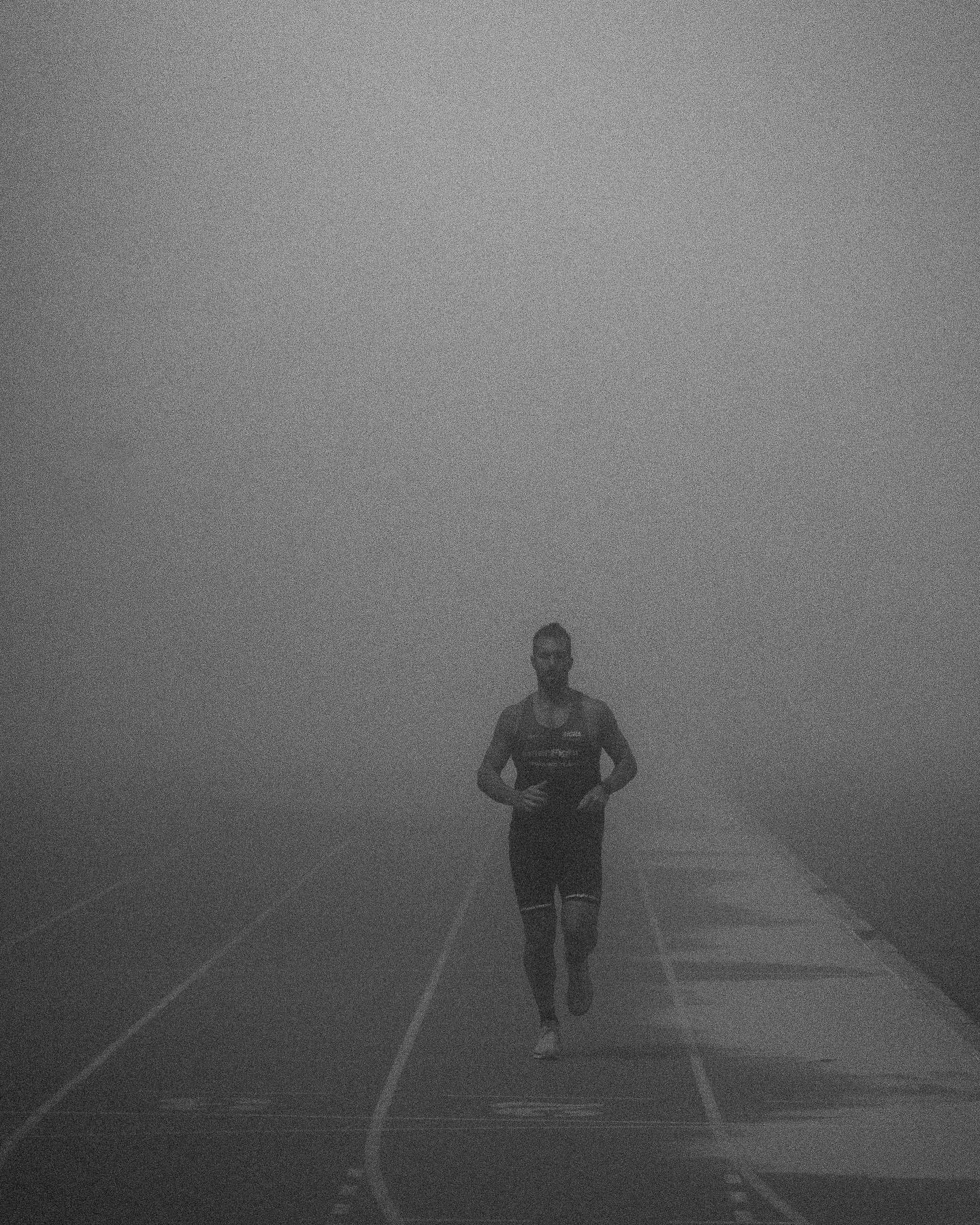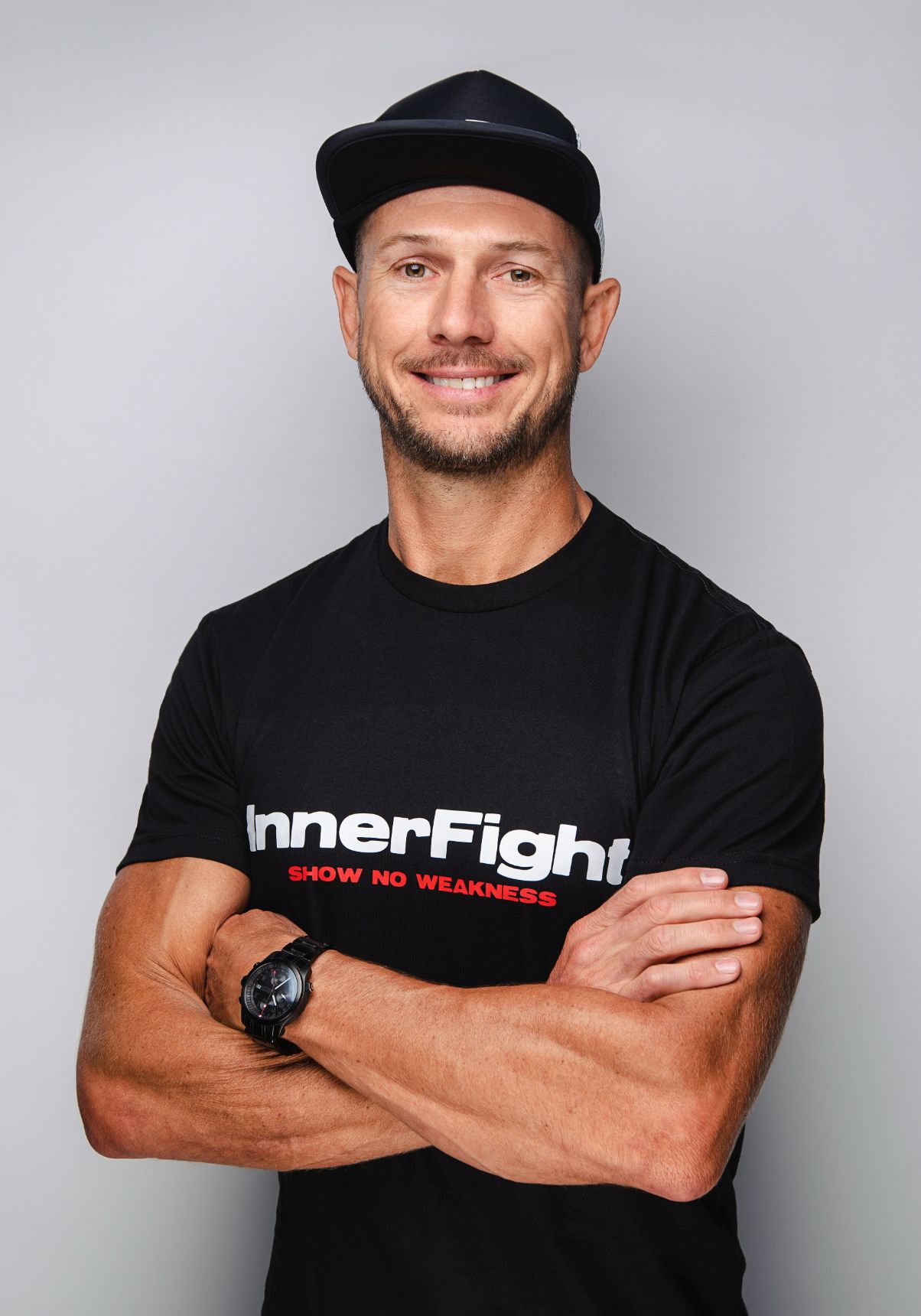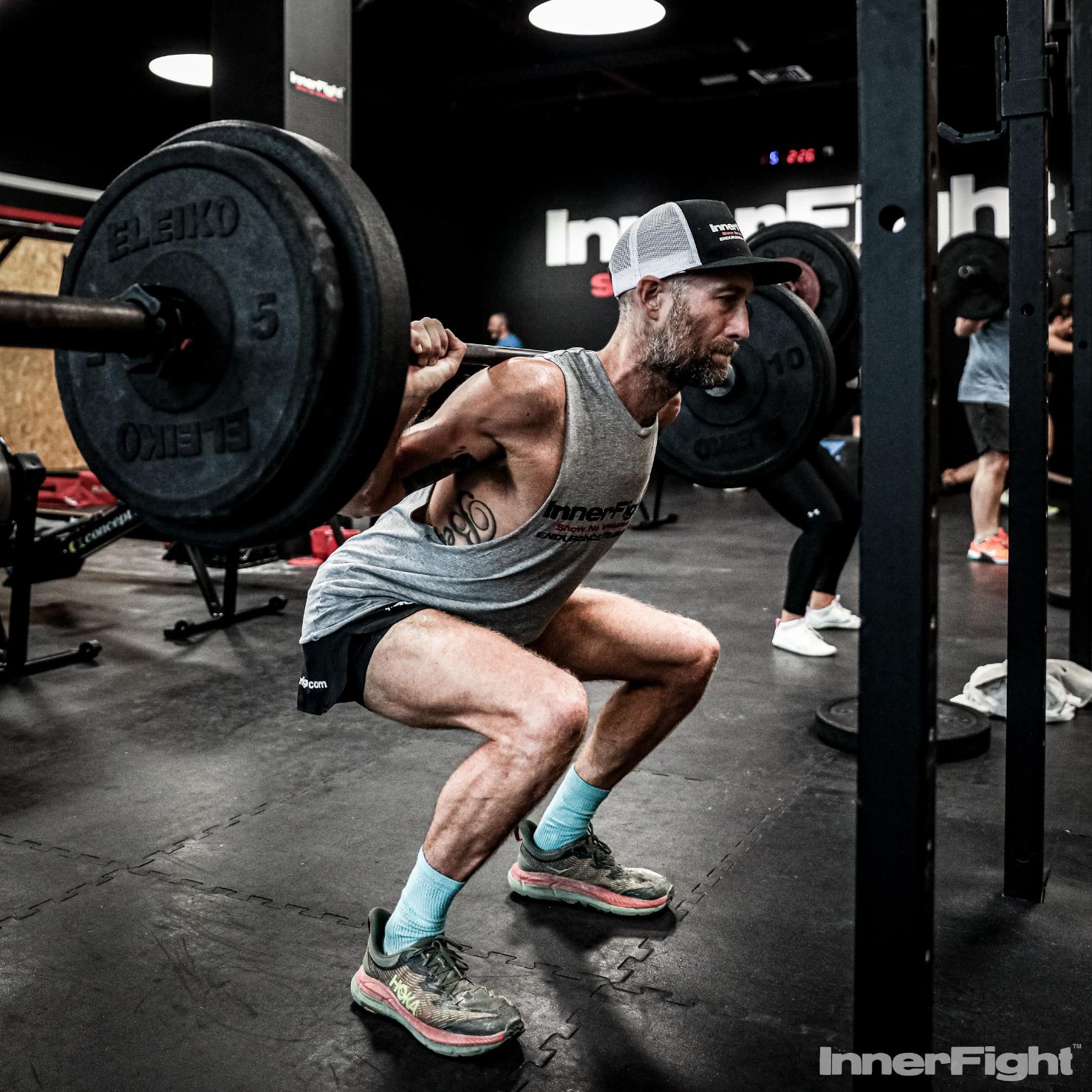Does Your Cadence Really Matter?
.avif)
If you are reading this then you are more than likely interested in running. I’d assume you also have an understanding of the term cadence or stride rate (SR) and what it means.
If you don’t then let me break it down. Simply put, cadence is how many times your feet strike the ground per minute when running.
Now, lots of people have heard that 180 is the magic number and will sell their pension schemes to be able to hit that number, but might ask yourself… WHY is it so important?
The relationship between cadence and cardiovascular demand
The first time athletes started to pay more attention to their cadence dates back to the 1984 Olympics and Dr Jack Daniels (not the whisky guy……), who noticed that in the track events of longer than 800m, only one athlete had a cadence of less than 180.

Photo by: Joshua Hearnden
There is a relationship between cadence and cardiovascular demand. The higher the cadence, the greater the demand on the cardiovascular system – however you get the benefit of less musculoskeletal stress on the body.
The lower the cadence, the less the demand on the cardiovascular system but the greater the musculoskeletal stress.
A good way to picture this is to think about going for a cycle. If you are in a high gear at slow RPM, you will tire much quicker than someone peddling in a lower gear at a higher RPM at the same speed.
Running cadence in elite athletes
The caveat to this whole cadence discussion is that you need to be properly conditioned to maintain the higher Cadence or RPM. If you are unconditioned, you will not have the cardiovascular fitness to be able to maintain the higher cadence numbers.
Most elite athletes tend to have a short forward stride and long posterior strides whereas we tend to see the opposite being true in recreational runners who over stride and have short posterior strides.
This will create a lower cadence but also generate greater eccentric stress on the hamstrings, elicit less glute activation and cause increased “breaking forces” giving a lower running economy, greater ground reaction forces and with that, an increased risk of injury.
So, should you be targeting 180?
Running cadence: is 180 the ultimate goal?
Not necessarily – There are studies that suggest an element of self-selection, meaning as runners we will naturally select the most efficient stride length and rate for our bio-mechanics based on many factors like weight, conditioning, speed, terrain etc.
From spending a lot of time looking at runners’ cadence, the majority of non-elites have a cadence between 150-170.
Focussing on increasing your fitness and form should come as the first starting point as without good cardiovascular fitness it will be incredibly difficult to maintain a higher cadence (you only need to look at how runners form breaks down in the Dubai Marathon at the 35km mark compared to the 5km mark).
Cadence will naturally increase with increased fitness and form but trying to deviate too much too soon from your “comfort cadence” will be inefficient.
So – If you are already running and have good cardiovascular fitness, looking at cadence numbers could help make improvements. All good running watches track this metric and it can be viewed on screen whilst running or analysed post session.
3 tips to increase cadence when running
Tip #1 – Focus on quick arms
If you run with faster arms, your legs will follow. Focusing on the arms will mean you are not focussing on the legs and give less inclination to over-stride.
Tip #2 – Add high-cadence strides to your training
The best time for this type of training is usually at the end or built into an aerobic run. Perform 8-12 accelerations of about 4-10s concentrating on turning over your legs as fast as you can. This will help your neuromuscular system to create new neural pathways and “learn” how to optimise mechanics at this new cadence.
.avif)
The goal here is not speed but faster legs. Imagine running on a hot surface, keep the steps smooth and pop off the ground quickly.
Tip #3 – It’s all about balance, so run tall
If your cadence is going to increase then you need to be balanced when running.
Try not to sit back on your heels when you run but instead you should “run tall” – this means keeping your body in a straight line from head to toe. You should have a slight forward lean.
Additionally, you should more than likely work on hip mobility as well as glute activation.
Interested in some one-on-one endurance coaching? Send me an email at rj@innerfight.com.







.avif)






